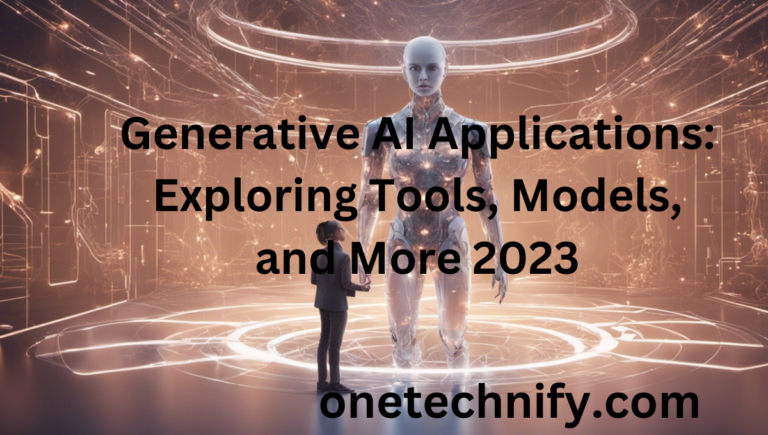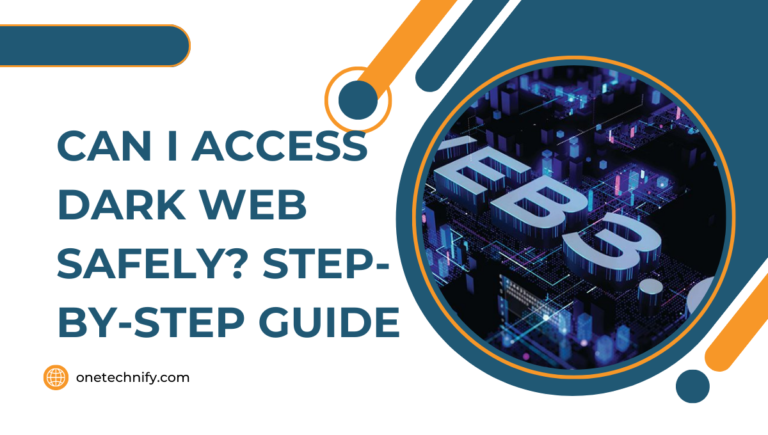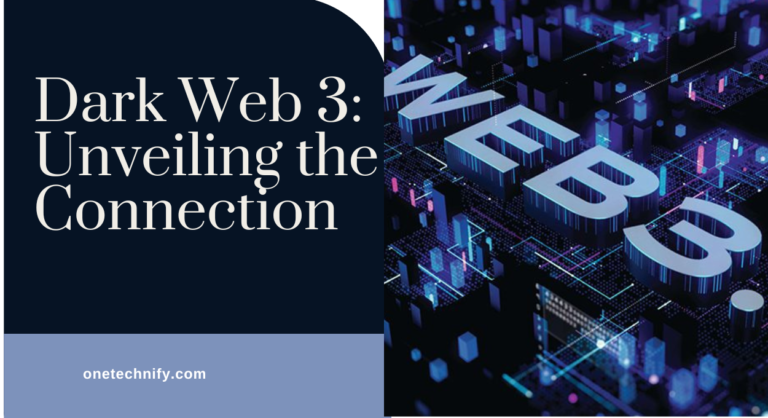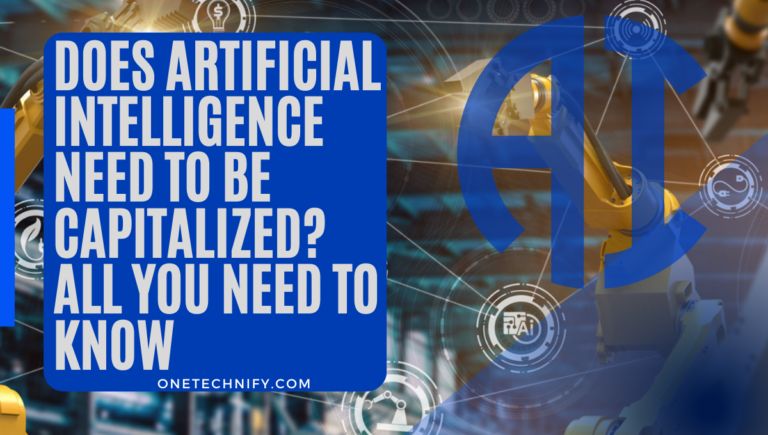Is VR the Future of Learning: Are you ready to step into a whole new world of learning with educational technology? Virtual reality (VR) is revolutionizing science education in schools, taking students on immersive journeys that bring subjects to life. With its ability to transport users to simulated environments, VR has become a game-changer in the classroom, incorporating gamification. No longer confined by traditional teaching methods, students can now explore and interact with science in ways never before possible.
Imagine embarking on virtual field trips without leaving the immersive classrooms or conducting hands-on experiments without the need for physical materials. Educational technology, such as VR, opens up a realm of possibilities for online education in the school environment. By providing engaging simulations and interactive experiences, it enhances understanding and retention of knowledge.
The future of teaching in schools is here, and it’s being revolutionized by educational technology. Join us as we delve into how virtual reality (VR) is transforming education and discover the endless opportunities it offers for an immersive, captivating learning experience with new technologies.
So, are you ready to dive into the immersive classrooms of schools with educational technology? Let’s explore the fascinating world of VR in education together, teacher!
VR and AR: Shaping the Future of Experiential Learning
Virtual reality (VR) and augmented reality (AR) are revolutionizing educational technology and online education by enhancing the experience of comparative education. AR overlays digital information in the real world, while VR creates fully immersive environments. These technologies offer students the opportunity to visualize complex concepts and engage with them firsthand.
With VR technology, students in science classrooms can dive into immersive virtual experiences that transport them to different times, places, or scenarios. For example, in schools, VR provides an opportunity for students to develop essential skills.
- Science students in schools can have an immersive experience in biology classrooms, where they can explore the human body in 3D. This allows them to examine organs and systems up close, gaining a deeper understanding of the subject. Such immersive classrooms provide a unique opportunity for students to connect with the history of scientific discoveries and advancements.
- History students in immersive classrooms can virtually visit historical landmarks, witnessing significant events as if they were there. This educational experience aligns with the latest research in education studies and enhances their understanding of history and science.
- Engineering students in immersive classrooms can simulate building structures or solving complex problems in a risk-free environment, enhancing the learning experience in science schools and aligning with education studies.
Similarly, immersive classrooms enhance educational teaching by overlaying digital elements in real-world surroundings. This allows for interactive experiences where students can manipulate objects or access additional information, improving their skills. Examples include augmented reality (AR) technology.
- Science students in immersive classrooms at schools are now using AR goggles to see molecular structures floating in front of them, enhancing their skills in chemistry.
- Geography students use their smartphones to enhance their science skills by pointing at a map to uncover historical and detailed information about specific regions in schools.
By incorporating VR and AR into educational settings, schools empower students to develop critical thinking skills through interactive experiences. The benefits of these science-based technologies extend beyond traditional teaching methods. Students gain a deeper understanding of subjects by actively engaging with the material rather than passively consuming it, which has been proven in studies.
Moreover, VR and AR provide external rewards for educational studies. The excitement of exploring virtual worlds or interacting with augmented elements adds an element of fun and motivation to the teaching and learning process. This engagement helps sustain student interest and encourages active participation, developing important educational skills.
The Potential of VR as a Tool for Immersive Learning
Virtual reality (VR) has the potential to revolutionize teaching in schools by providing immersive educational experiences. With VR, students can develop and enhance their skills through interactive learning, creating a whole new way of exploring subjects.
One of the key advantages of VR in educational settings is its ability to offer realistic simulations. With VR headsets, students in schools can practice real-world scenarios without any physical limitations or risks. For example, medical students can use VR to perform surgeries virtually, allowing them to gain hands-on experience before stepping into an operating room. This not only enhances their teaching skills but also reduces the chances of errors when dealing with actual patients.
In addition to realistic simulations, the interactive nature of VR encourages active participation and boosts student engagement. Students with educational experience are no longer passive observers but active participants in their own learning process. They can manipulate objects, solve problems, and collaborate with others in a virtual environment, developing skills. This level of interaction helps improve retention and understanding of complex concepts, making teaching more effective.
Moreover, VR has the ability to transport educational learners anywhere they desire. Whether it’s exploring ancient civilizations or diving into the depths of the ocean, VR opens up endless possibilities for teaching and discovery in schools. Students can visit historical landmarks, witness scientific phenomena firsthand, or even travel through time – all from the comfort of their classrooms.
The educational potential of VR extends beyond academic subjects. It can enhance learning outcomes by addressing psychological factors through controlled virtual environments. VR studies have shown its effectiveness in teaching skills and desensitizing individuals to phobias and anxieties.
Overall, VR provides immersive educational experiences that enhance teaching skills in schools. It allows students to learn by doing rather than memorizing information from textbooks. As technology advances, more innovative methods and applications for using VR in education are expected.
So is virtual reality the future of educational teaching in schools? With its potential to create immersive environments, enhance interaction, and provide unique learning experiences, VR certainly has the ability to revolutionize education as we know it, by improving skills.
Enhancing Education with Virtual Reality Technology
Virtual reality (VR) technology is revolutionizing educational experiences by enhancing traditional teaching methods. With the use of VR tools, students can now visualize complex concepts, manipulate objects, and explore phenomena from different perspectives. This article explores how virtual reality is shaping the future of schools and its potential to transform learning experiences for students and teachers.
- VR technology enables educational institutions to create interactive visualizations that aid in comprehension. Students can now dive into virtual worlds and explore subjects like never before, enhancing their skills. For example, biology students can take a virtual tour inside a human cell, observing its intricate structures and functions firsthand under the guidance of their teacher.
- Through VR tools, students can gain hands-on experience and knowledge by manipulating objects or observing phenomena from various angles. This interactive approach fosters deeper understanding and engagement with the subject matter, enhancing their school studies. For example, in physics classes, students can experiment with different variables in a simulated environment to understand their impact on real-world outcomes.
- Immersive Storytelling: One of the most captivating aspects of VR is its ability to transport learners into educational and school experiences. By combining narrative elements with interactive visuals and sound effects, educators can create engaging scenarios that facilitate deep learning in formal education. Imagine history lessons where students become active participants in significant events or literary journeys where they step into the shoes of fictional characters, providing an example of how VR can enhance the educational experience.
- Collaborative Learning Environments: In addition to individual exploration, VR also offers collaborative opportunities for remote teamwork in educational settings. Students from different locations can connect virtually within shared environments, fostering collaboration skills essential for today’s interconnected world. Whether it’s working together on a school science project or solving puzzles as a team in an escape room-style scenario, VR promotes cooperative learning regardless of physical distance, making it a valuable tool for formal education.
As educational institutions embrace new technologies like virtual reality, school studies are witnessing a shift towards more engaging and interactive learning experiences. By leveraging this powerful tool, educators can unlock new possibilities for student engagement and educational success. The future of learning is being shaped by VR, and its potential to revolutionize education is undeniable. For example, factors such as school studies are being positively impacted by the integration of VR technology.
In today’s rapidly evolving educational landscape, virtual reality (VR) headsets have emerged as a powerful tool for enhancing student learning. VR headsets offer a prime example of how new technologies can revolutionize education. From online education to higher education, VR headsets provide students with immersive experiences that supplement traditional educational resources. These innovative tools are being embraced by educational institutions across various fields, from comparative education to public education. VR headsets offer an alternative education approach that has the potential to significantly impact educational achievement.
Is VR the Future of Learning? Revolutionizing Education
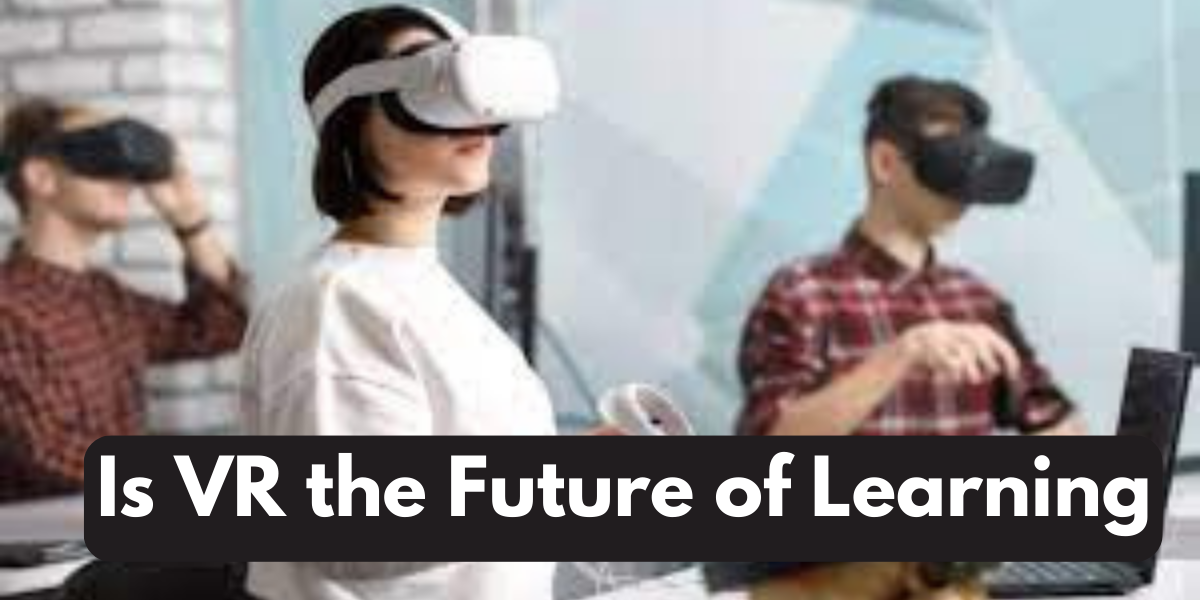
Augmented Reality (AR) is revolutionizing educational studies in schools. By transforming the delivery of knowledge, these technologies have the potential to reshape the way students learn. Let’s explore how VR and AR are changing the game for students.
- Personalized Learning Experiences:
- VR/AR applications offer tailored learning experiences for students in school. These applications enhance engagement and comprehension by immersing students in virtual environments that align with their specific learning styles. This personalized approach to education complements formal education and studies.
- With AR, learners in educational settings can overlay digital information onto their real-world surroundings, providing interactive experiences that bring abstract concepts to life. This example illustrates the potential of AR in formal education.
- Bridging Geographical Barriers:
- One of the educational factors that make VR and AR valuable in school is their ability to bridge geographical barriers. These technologies connect students from around the world, allowing them to collaborate on projects and gain insights from experts located miles away. For example, students can use VR and AR to work together on educational projects regardless of their physical location.
- Through virtual field trips, students can explore historical sites or natural wonders without leaving their school classrooms. This opens up a world of possibilities for learners who may not have access to such resources through formal education. For example, students can visit the Great Wall of China or the Grand Canyon virtually, which that enhances their learning experience.
- Interactive Content for Active Learning:
- Educators can leverage VR/AR in formal education to create interactive content that promotes active learning and critical thinking in school. Instead of passively consuming information, students actively engage with virtual scenarios, solving problems and making decisions in real time. For example, they can use VR/AR to immerse themselves in realistic simulations and gain hands-on experience.
- VR simulations offer hands-on training opportunities for students in fields such as medicine or engineering, enabling them to practice skills in a safe and realistic school environment. For example, learners can use VR simulations to enhance their education by gaining practical experience.
VR in Education: Reshaping the Learning Experience
Virtual reality (VR) is revolutionizing education by transforming the way students learn and engage with their subjects in school. By providing a more immersive and captivating learning experience, VR technology has the potential to reshape traditional classrooms and enhance the learning process, as seen in this school example.
VR helps students learn by taking them on virtual trips. They can go to cool places and learn about history or other things. It’s better than just reading a book because they can really experience it. VR also helps students remember things better. When they see and hear things at the same time, it helps them remember what they learned. Using VR in class is good because it helps all kinds of learners. Some students learn better by seeing things or doing activities. With VR, teachers can make different learning experiences for different students. This helps everyone have a fair chance to do well in school.
In addition to its impact on academic performance, VR also addresses practical challenges faced by schools today. As class sizes continue to grow, teachers often struggle to provide individual attention to each student. However, with VR technology, personalized learning becomes more feasible as students can engage with educational content at their own pace.
Embracing the Future of Education with VR
In conclusion, virtual reality (VR) is undoubtedly the future of student learning. The integration of VR and augmented reality (AR) technologies is shaping the landscape of experiential learning for students. By providing immersive experiences, VR has the potential to revolutionize education and enhance the student learning process.
VR in education allows students to do hands-on activities and simulations that were impossible before. It helps students learn by exploring history, going to faraway places, and doing science experiments in a virtual world. VR headsets can make classrooms more exciting and help students learn by doing. It’s important for schools to invest in VR and train teachers so that students can have a fun and immersive learning experience.
So why wait, student? Start exploring how virtual reality can revolutionize your education today in the classroom!
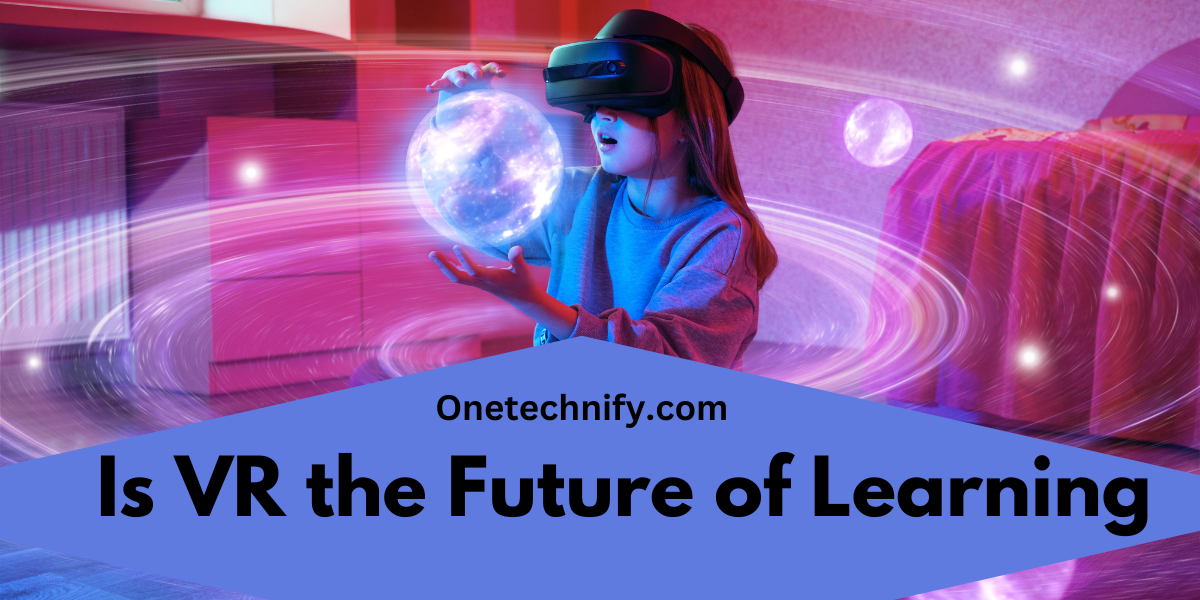
FAQs:
Q: How does VR enhance student engagement?
VR enhances student engagement in education by providing immersive experiences that capture their attention and make learning more interactive. It allows students to actively participate in simulations, explore complex concepts firsthand, and apply theoretical knowledge in practical scenarios.
Q: Is VR suitable for all age groups?
While VR can be adapted for different age groups in an educational setting, it may require supervision or adjustments based on the individual needs of the students. Educators should consider factors such as maturity levels, physical comfort, and potential motion sickness when implementing VR in the classroom to ensure a positive learning experience for all students.
Q: Can VR replace traditional teaching methods?
VR cannot completely replace traditional teaching methods in education, but it can complement them by offering unique learning experiences. It provides an additional tool for educators to engage students and enhance their understanding of complex topics in education.
Q: Are there any limitations to using VR in education?
Some limitations to using VR in student education include cost constraints, technical requirements, and the need for proper training. Not all subjects or learning objectives may be suitable for VR integration, so careful consideration should be given to its implementation.
Q: What are some examples of successful VR implementations in education?
Successful examples of VR implementations in education for students include virtual field trips to historical sites, immersive language learning experiences for students, and simulations for medical training for students. These applications demonstrate the potential of VR to enhance learning outcomes for students across various disciplines.
